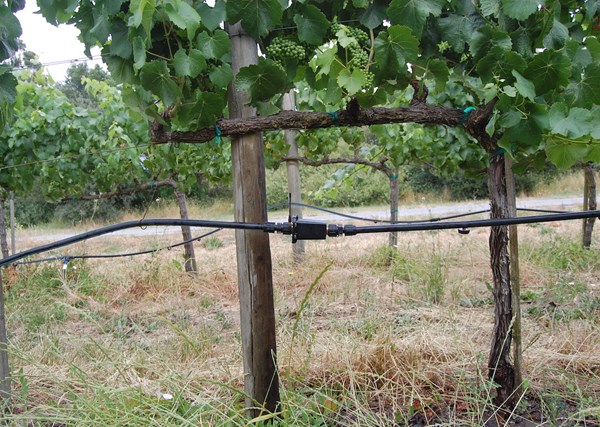Rapid Mfg Brings Innovative Irrigation System to Market
An innovative irrigation system went from art-to-part in two weeks thanks to rapid manufacturing from ProtoLabs.
An innovative irrigation system went from art-to-part in two weeks thanks to rapid manufacturing from Proto Labs.
Mist Labs’ AgPulse, which the company describes as an internet-of-things-enabled, micro-irrigation control platform, used a Cool Idea! Award from Proto Labs to secure the grant funding it needed for an initial production run of end-use parts. Matt Kresse, Mist Labs CEO said the electronics enclosure for its irrigation control’s wireless hub utilized an injection molded polycarbonate.
By winning the Cool Idea! Award, Kresse and his team were able to apply the grant funding to an initial production run of end-use parts. According to Kresse, the company only needed a partner to produce the final, end-use parts. The parts had to be custom-designed and injection-molded, using a high-strength polycarbonate.
Enter Proto Labs, which says its Cool Idea! Award helps companies move through the design-to-development process quickly, whether they need functional prototypes, testing or low-volume production quantities.
AgPulse, which is already being delivered to farms, employs wireless soil sensors and data analytics to monitor ground moisture and to water the ideal amount when the soil indicates it is necessary.

Related Content
-
Soft Prices for Volume Resins
While PP and PE prices may be bottoming out, a downward trajectory was likely for all other volume resins, including engineering types.
-
What is the Allowable Moisture Content in Nylons? It Depends (Part 1)
A lot of the nylon that is processed is filled or reinforced, but the data sheets generally don’t account for this, making drying recommendations confusing. Here’s what you need to know.
-
Tracing the History of Polymeric Materials, Part 26: High-Performance Thermoplastics
The majority of the polymers that today we rely on for outstanding performance — such as polysulfone, polyethersulfone, polyphenylsulfone and PPS — were introduced in the period between 1965 and 1985. Here’s how they entered your toolbox of engineering of materials.














